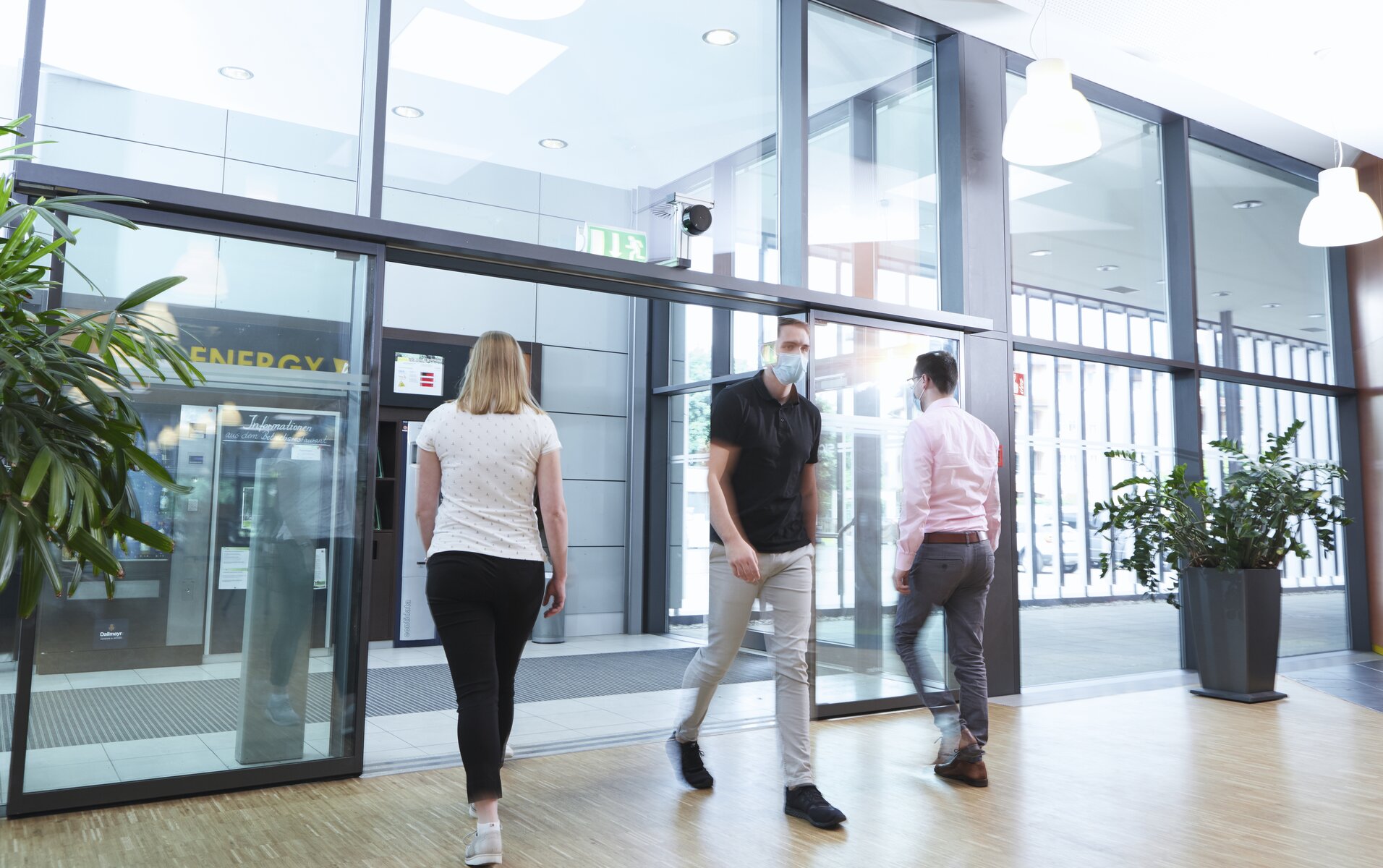Accurate people counting and occupancy monitoring solution with LiDAR technology from SICK
With the ongoing pandemic, there is an urgent need for a solution that allows companies to accurately count people and monitor occupancy levels in their facilities, both public and private. But how can you count people without making contact? This is where a new solution from SICK can help to combat COVID-19. The PeopleCounter uses 3D LiDAR sensors and the SICK AppSpace ecosystem to easily maintain recommended occupancy levels in public spaces and manufacturing settings.
The sensor solution does not record any personal information, and it allows companies to adhere to not only the requisite hygiene, but also data privacy, requirements. Those operating public-facing spaces and private-facing spaces can profit from a simple solution that easily allows you to keep the maximum utilization of space.
Other People Counting Solutions
But how does this compare to other people counting products on the market? Many other solutions are out there, but none use SICK’s innovative and reliable LiDAR technology.
One solution uses photoelectric sensors and a light indicator to count people entering and exiting a facility. The issue with this solution is that it requires precise alignment of the photoeye to ensure it continues to count people. It also is at a huge risk for damage or misalignment, as it needs to be placed low enough to count people of varying heights. It is also unable to distinguish between a person or an object, such as a shopping cart or a piece of luggage. Lastly, a photoeye solution cannot reliably count people as it requires people to walk in single file. If two people walk in next to each other, they will be counted as one person, resulting in an inaccurate count.
Check out this quick video for a closer look at how these two solutions compare.
Why is PeopleCounter the Best Choice?
PeopleCounter reliably differentiates between people and objects. It also works very well from a distance. The sensor identifies people using their contours with the help of the app. This means only the silhouettes of people are counted, while objects are blanked out – but personal information is never recorded.
Based on the hardware of the MRS1000 3D LiDAR sensor, the application generates measurement data as a point cloud. Thanks to the four layers of the sensor, the direction of movement of a person is clearly established, monitoring the current utilization of a defined zone. The recorded data is output via telegrams and digital outputs to keep track of the maximum number of people.
The applications range from small entry areas to large locations with a large number of visitors. The combination of several sensors makes it possible to cover even large areas with different entry and exit points, such as shopping centers, airports or trade fairs.
SICK AppSpace makes it possible
PeopleCounter is a prime examples of what the SICK AppSpace can do. Programmable sensors can be configured quickly for new tasks using SensorApps. The new applications of the MRS1000P was developed using the SICK AppSpace and can be configured for different environments using the finished app. The use of individualized and easy-configure 3D point clouds is a very practical application in this context.
Many other SensorApps are already available for download via the SICK AppPool. For specific applications, SensorApps can also be used independently by the customer or developed together with SICK experts with the support of a developer community. And as you can see here, everything we have said about the adaptability of applications also goes the other way. Because what we make possible for people also applies for your manufacturing processes – and we make these more efficient and competitive thanks to solutions using industrial data processing of point clouds to image files.
![]() Want more information on PeopleCounter?
Want more information on PeopleCounter?






